备案号:辽ICP备19007957号-1
![]() 聆听您的声音:feedback@highmark.com.cn企业热线:400-778-8318
聆听您的声音:feedback@highmark.com.cn企业热线:400-778-8318
Copyright ©2015- 海马课堂网络科技(大连)有限公司办公地址:辽宁省大连市高新技术产业园区火炬路32A号创业大厦A座18层1801室
Three Tips for Effective Social Media Marketing Strategies
As social media plays an increasingly important role in the digital dimension of marketing, it is necessary for marketers to transform social media into a marketing tool and integrate it into the Integrated Marketing Communication.
By XXX 10th April
Social media marketing, or SMM, is a form of digital marketing that involves the creation and distribution of marketing information on social networking sites, in order to achieve the goals of brand building and product or service promotion. With the following tips, you can develop your own social marketing strategies that effectively acquire and retain target consumers.
Tip1: Setting Specific Goals and Targets
Any strategic development starts from and driven by clear goals (Dwivedi, et al. 2015), and this is particularly true in branding and marketing. In the development of brand strategies, the ultimate goal is to identify three key components: purpose, consistency and emotional impacts. An effective branding or marketing strategy must have functional or intentional purpose, so that the brand and marketers can identify the resources they need to obtain to formulate and implement the strategy. Then, clear goals and objectives help businesses maintain consistency of the implementation of strategies. Without consistency, it is less likely for businesses to survive, letting alone making profits and gaining competitive advantages. In addition to identifying purpose and ensuring consistency, specific goals and targets enable marketers and brand owners to make emotional impacts on consumers. Afterall, emotion is an important element that help consumers to connect with brands, then brand strategies should try to develop that emotion among consumers. While setting goals and targets, brands and marketers not only identify the specific emotional impacts they want to make, such as a strong reliance and a close attachment, it also facilitates brands and marketers to identify the population and groups they want to affect.
In the development of SMM, you are highly recommended to start with setting goals and targets. In this initial step of strategic planning, you should focus on identifying purpose of your SMM plan, approaches to maintain consistency and ways to make emotional impacts on target audiences. The importance of goal-and-target-setting in SMM has been practiced by Coca-Cola in one of its most famous social media campaigns named “Share a Coke”. Launched in 2014, “Share a Coke” is one of the best-performing marketing campaigns in Coca-Cola history and as well we in the field of SMM. In this campaign, Coca-Cola trades out its iconic logo on its 20-ounce bottles, encouraging consumers to find bottles with names that have personal implications and meanings for them to share with friends or family. In addition, consumers can share their individual experiences and special stories on social media with hashtag #ShareaCoke.

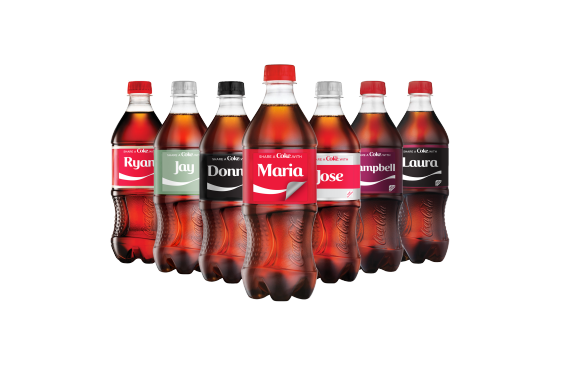
A key factor that determines Coca-Cola’s success with “Share a Coke” is that it has clear goals and targets at the beginning of the campaign. First, driven by the nature of brand and marketing strategies, Coca-Cola designed this social media campaign with a clear goal to improve brand awareness, reputational status and sales (Sajid, 2016). Second, this campaign has specific target audiences, which are users of social media and fans of Coke, because these consumers are most likely to engage in exploring the personal meaning on Coca-Cola bottles and the share the Coke with friends or participate in the hashtag discussion on social media. These clear goals and targets sustain the consistency of Coca-Cola’s social media marketing campaign. Within the first year, more than 500,000 photos have been shared with the hashtag #ShareaCoke, and consumers have created more than 6 million virtual coke bottles. At the same time, Coca-Cola witnessed a 25 million increase of Facebook followers. Over the past four years, “Share a Coke” is still a marketing campaign active on social media, with millions of users participating in the bottle creation and share around the world.
The massive success of Coca-Cola’s “Share a Coke” imply that setting clear goals and identifying clear targets lays the foundation for an effective SMM plan. Therefore, if your want your SMM campaign has the similar long-lasting success and profitability as “Share a Coke”, take immediate actions to set your goals and identify your target audiences.
Tip 2: Creating a Virtual Brand Community
One difference between traditional marketing and social media marketing is that social media marketing activities are conducted on the Internet. Many researchers and practitioners claim that it is this difference that makes social media marketing outperform traditional tools like television advertising and advertisement on printed media, because social media is more time-efficient and cost-efficient (Alonso Dos Santos et al;, 2016; Tuten & Solomon, 2017; Kang & Shin, 2016). Drawing on this difference, or distinctive feature of social media marketing, when formulating and implementing strategies, you are highly-recommended to create a virtual brand community where you can interact with your targets and pursue your goals.
Virtual Brand Community, or VBC, refers to the aggregation of consumers on the Internet, and they are here because of the same interests in certain brands or products. Obviously, VBC creates a platform for consumers to share their experiences with, information and opinion about a particular good or service, and this makes VBC a place of complex brand meaning creation and consumption efforts (Sabri, 2017). Many studies have found that participating in VBC improves consumers’ engagement in the brand’s marketing activities, hence driving up their purchase intention even their loyalty to the brand. In an empirical study conducted by Kang and Shin (2016), they found that VBC helps improve the effectiveness of digital marketing because it makes enhances the level of trust that consumers have on a particular brand as well as their sense of security for future purchases made from the brand.
In SMM strategies, VBC can be created on social networking sites used by marketers, such as the virtual community on Facebook and the hashtag discussion on Twitter or Instagram. The vital role of VBC in SMM strategy has been proved by Procter & Gamble (P&G). “BeingGirl” is an online community created by P&G, providing articles, videos and advice sections about various female issues, such as acne, periods, bras and dating. This online brand community is established to promote P&G products from age-appropriate friend brands.
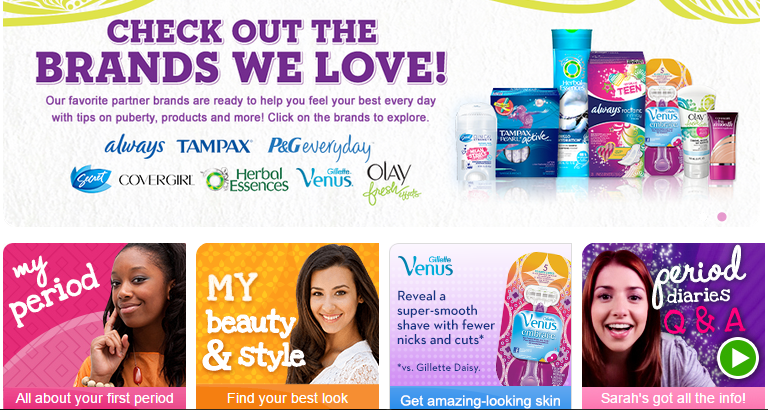
In order to increase the size and influence of “BeingGirl”, P&G not only operates this community on the webpage, the company also link “BeingGirl” to social media, including Facebook, YouTube and Twitter, because theses social networking sites are widely used among young girls, who are targets of this SMM campaign. For example, on YouTube, P&G created a channel for “BeingGirl”, uploading many videos theming girl topics, such as “Tampax Training Camp” and “Period Diaries”. At present, these videos are exclusively offered on YouTube in the name of “BeingGirl” series, with millions even billions of views. P&G also successfully creates a VBC for “BeingGilr” on Twitter. At the comment section on YouTube, it is not hard to find that viewers address one another’s questions, using @ function to remind their friends of the video they might also interest in. Doubtlessly, YouTube provides P&G a great alternative to expand the influence of the VBC “BeingGirl”. By commenting content presented in the VBC and interacting with others, followers of “BeingGirl” share information about particular personal care products and gain new knowledge about personal care as well. During this process, their engagement in P&G’s marketing and their loyalty to P&G products are likely to be improved.
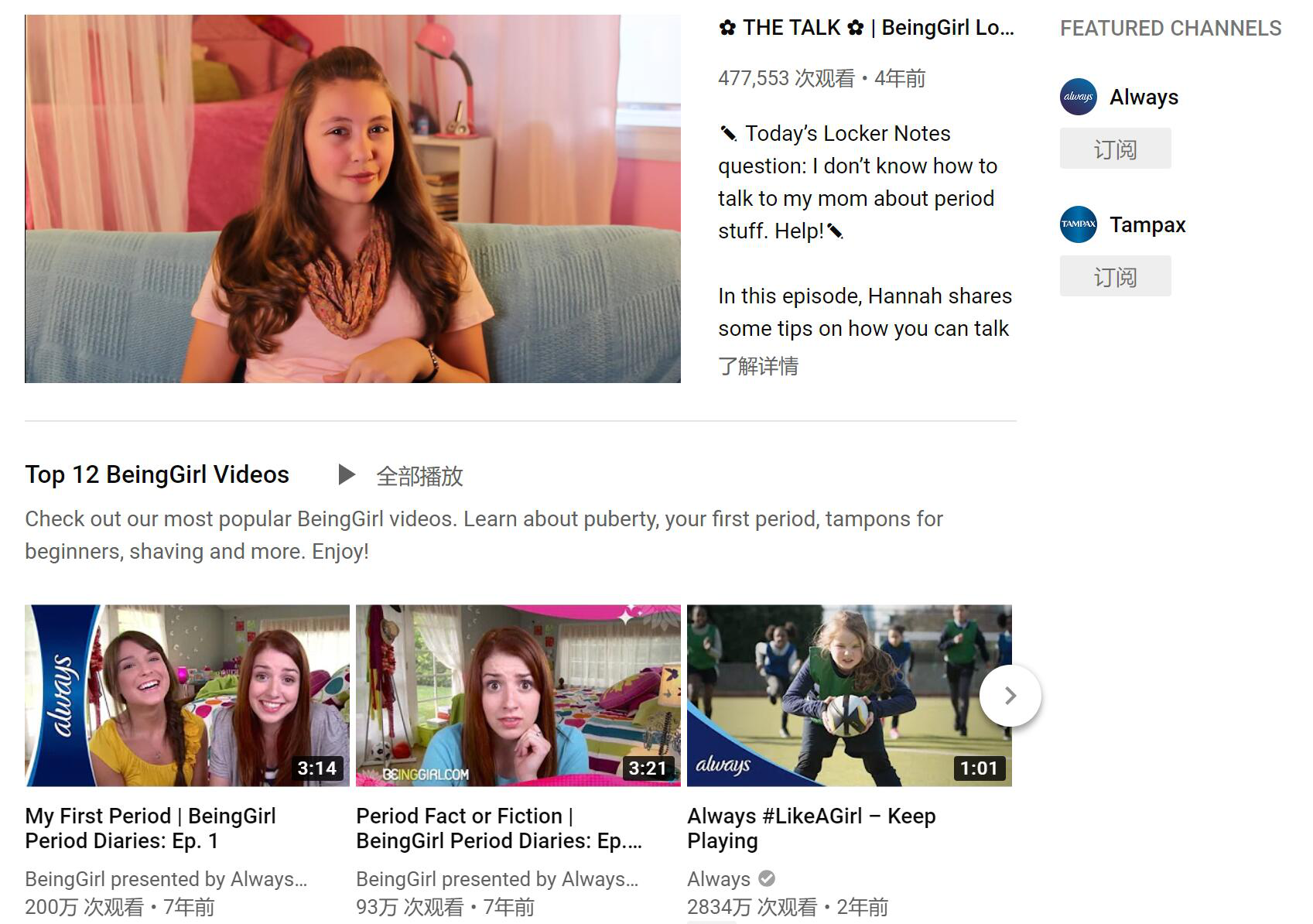
However, while you are trying to create VBC on social media, it is important to pay close attention to the content created and shared by participants, making sure the content makes positive impacts on branding, rather than creating negative publicities. After all, quite a few consumers complain products and express their dissatisfaction about a particular product at VBC, and this inarguably affect the perceptions, attitudes and behaviors of others. This potential risk with VBC has also been identified in P&G’s “BeingGirl”. At the first few years when P&G establish a presence for “BeingGirl” on Twitter, there were hundreds of photos and thousands of hashtag discussions and tweets about female issues. Similar to the VBC on YouTube, on Twitter, followers of “BeingGirl” made comments under tweets they are interested in, exchanging information that might be useful for others’ purchase of P&G products. However, in the 2010s, negative publicities began to emerge on “BeingGirl”’s Twitter page. For example, under a video about how to use P&G hair care products to improve hair quality, there were consumers complaining about the shampoo quality, the late delivery and poor services provided by shampoo salespersons. Considering the strong influence of user-generated content on social media, in 2015, P&G closed the Twitter page of “BeingGirl” for good and request followers to follow the YouTube channel and the sponsor webpage.
The performance of “BeingGirl” on YouTube implies that creating a VBC is a significant practice to improve the effectiveness of SMM strategies, since VBC plays a vital role in providing consumers sufficient information for decision-making as well as a platform to interact with others with similar interests. If you want to copy “BeingGirl”’s success on YoTube in your SMM, simply creating VBCs on social media is far from enough, because you need to monitor and manage the content generated and distribution at your VBCs, making sure negative publicities about your products or service never prevail. Drawing on “BeingGirl”’s experiences on Twitter, when you use VBC in your SMM, you are highly recommended to keep a close eye on what participants say and try to guide them share pleasant experiences and positive comments.
Tip 3: Viral Advertising
When it comes to viral, what first occurs to you might be the circulated, rapid and wide spread of a virus or disease, which is overwhelming and intimidating (Dafonte-Gomez, 2015). In the field of marketing, however, viral marketing is something that is desired by marketers and advertisers, since means information about a particular products and services are distributed among target audiences with great depth and scale. To design and implement an effective SMM, therefore, you are suggested to create the viral advertising or marketing effect among the target.
Viral advertising should be considered for two reasons. First, viral advertising outperforms intentionally-created advertising in terms of effects, because it is more intimate and personalized, hence improving the likelihood to reach and influence hard-to-get consumers. Second, viral marketing is cost-effective than any other forms of advertisement, because it is an unpaid peer-to-peer communication of provocative content originating from an identified sponsor to others (Sabri, 2017). Similar to word-of-mouth, viral advertising has non-marketing staff involved in the process of marketing, inspiring consumers and other stakeholders to pass along positive publicity about particular goods or services.
As introduced earlier, a unique feature of SMM is that it is conducted based on social networking sites, which allows marketers to deliver information and interact with targets in a real-time manner. By virtue of this feature, viral advertising can be used to facilitate SMM activities and measure the effectiveness of SMM strategies. On social media, a typical example of viral marketing is the “ALS Ice Bucket Challenge”. Started in 2014, this campaign was initiated to raise awareness and funds for people suffering from Amyotrophic Lateral Sclerosis (ALS), and it set the goal to raise $115 million in 8 weeks. The challenge for people is to pour a bucket of ice-cold water over their head, making a video of this, uploading it on social media and them @ a minimum of three persons to do the same and make donations. This campaign became a hit on social media around the world, with more than 17 million people participating in, including celebrities like Bill Gates, Mark Zuckerberg, Rihanna, Tim Cook and Oprah Winfrey.
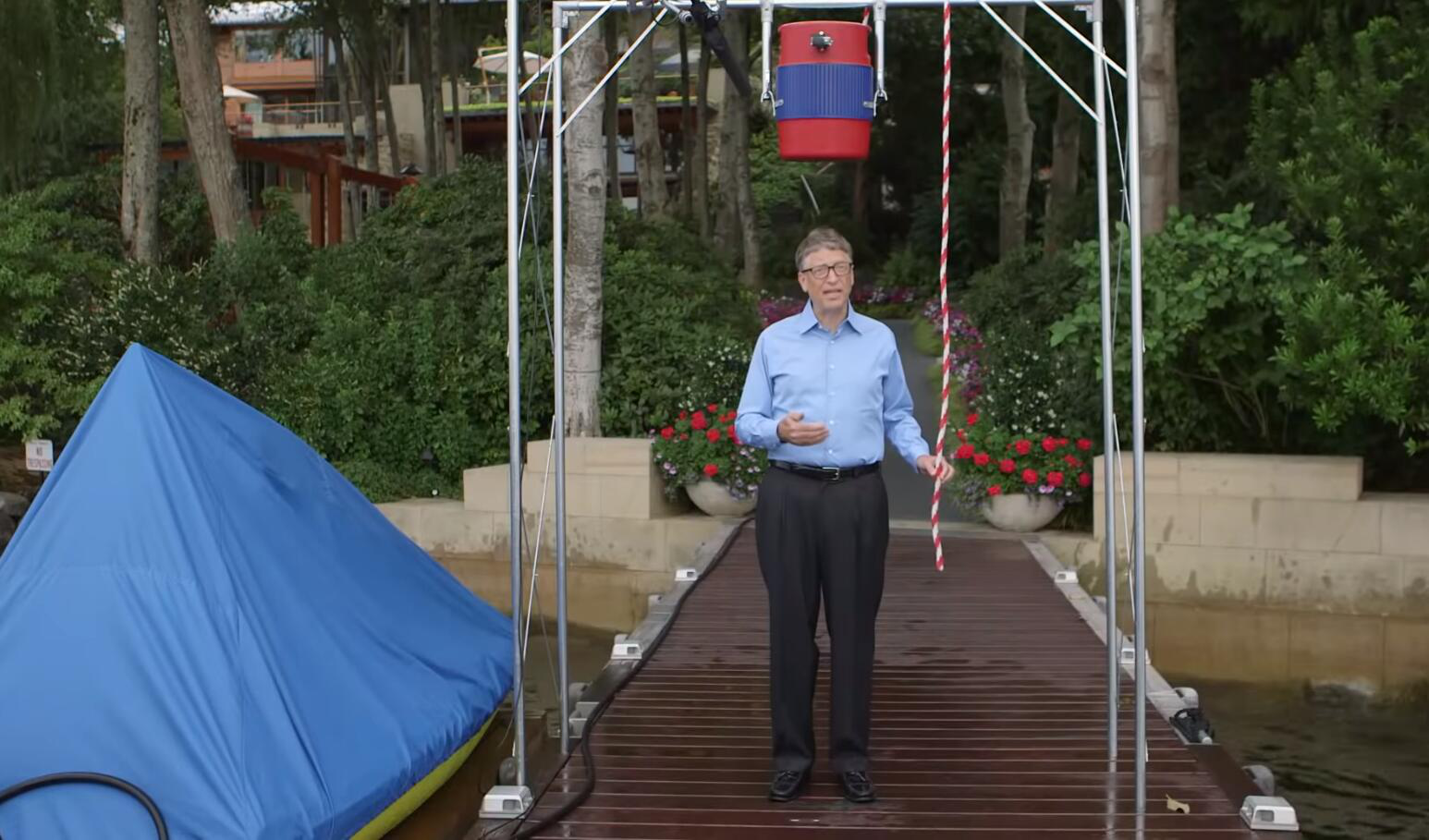
Due to the great success driven by the viral effect in 2014, ALS Associated received ten times more donation compared with that in 2013. This example shows the catalytic role of viral advertising in SSM. In addition, it should shed light on you about the fundamental approach to create viral advertising: coming up with an innovative activity to attract people’s participation, just like the ice-bucket one.
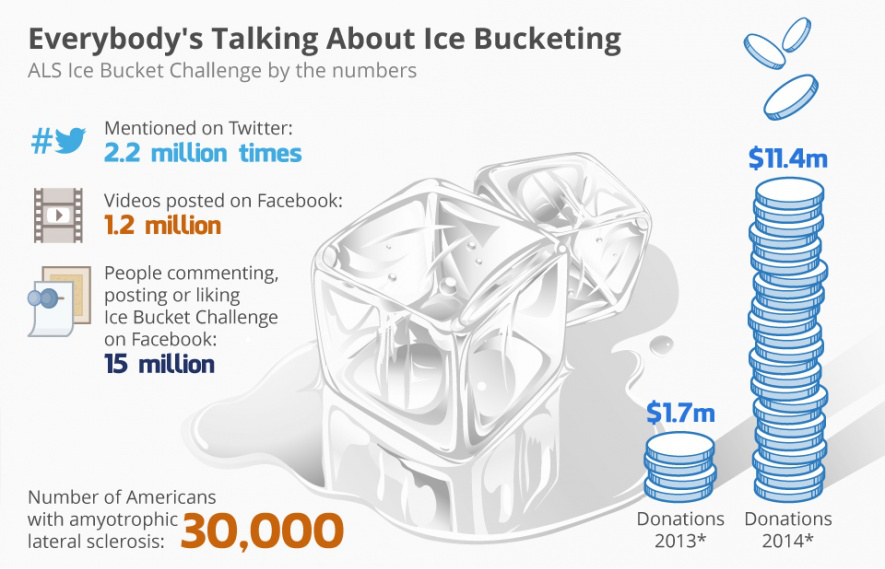
Of course, if you are a brand or a for-profit organization, creating viral advertising in your social media marketing campaign can definitely increase your brand equity and improve consumers’ brand loyalty. brand equity is a significant indication to marketers, which implies the return of investment of marketing and communication. If viral advertising effect is successfully created, for example, your social marketing campaign is as popular as the ice bucket one, it is believed that you can establish a positive brand image and create positive publicities among consumers. Along with the increase of brand equity, consumers are convinced of your brand value and identity, hence persuaded to purchase repeated and frequently. therefore, returns of marketing investment can be improved.
References
Alonso Dos Santos, M., Calabuig Moreno, F., Rejón Guardia, F., & Pérez Campos, C. (2016). Influence of the virtual brand community in sports sponsorship. Psychology & Marketing, 33(12), 1091-1097.
Being Girl Embraces a Successful Social Community. (2019). Retrieved from https://communitybuildingblog.wordpress.com/2016/05/15/being-girl-embraces-a-successful-social-community-and-becomes-an-exceptional-example/
Dafonte-Gomez, A. (2015). The key elements of viral advertising. from motivation to emotion in the most shared videos. arXiv preprint arXiv:1505.02002.
Dwivedi, Y. K., Kapoor, K. K., & Chen, H. (2015). Social media marketing and advertising. The Marketing Review, 15(3), 289-309.
Kang, M., & Shin, D. H. (2016). The effect of customers’ perceived benefits on virtual brand community loyalty. Online Information Review, 40(3), 298-315.
Moye, J. (2018). Share a Coke and Share the Summer: 2018 Campaign Focuses on Special Moments. Retrieved from https://www.coca-colacompany.com/stories/share-a-coke-and-share-the-summer-2018-campaign-focuses-on-special-moments
Sabri, O. (2017). Does viral communication context increase the harmfulness of controversial taboo advertising?. Journal of business ethics, 141(2), 235-247.
Sajid, S. I. (2016). Social media and its role in marketing.
TARVER, E. (2018). Why the 'Share a Coke' Campaign Is So Successful. Retrieved from https://www.investopedia.com/articles/markets/100715/what-makes-share-coke-campaign-so-successful.asp
Tuten, T. L., & Solomon, M. R. (2017). Social media marketing. Sage.

备案号:辽ICP备19007957号-1
![]() 聆听您的声音:feedback@highmark.com.cn企业热线:400-778-8318
聆听您的声音:feedback@highmark.com.cn企业热线:400-778-8318
Copyright ©2015- 海马课堂网络科技(大连)有限公司办公地址:辽宁省大连市高新技术产业园区火炬路32A号创业大厦A座18层1801室
hmkt088